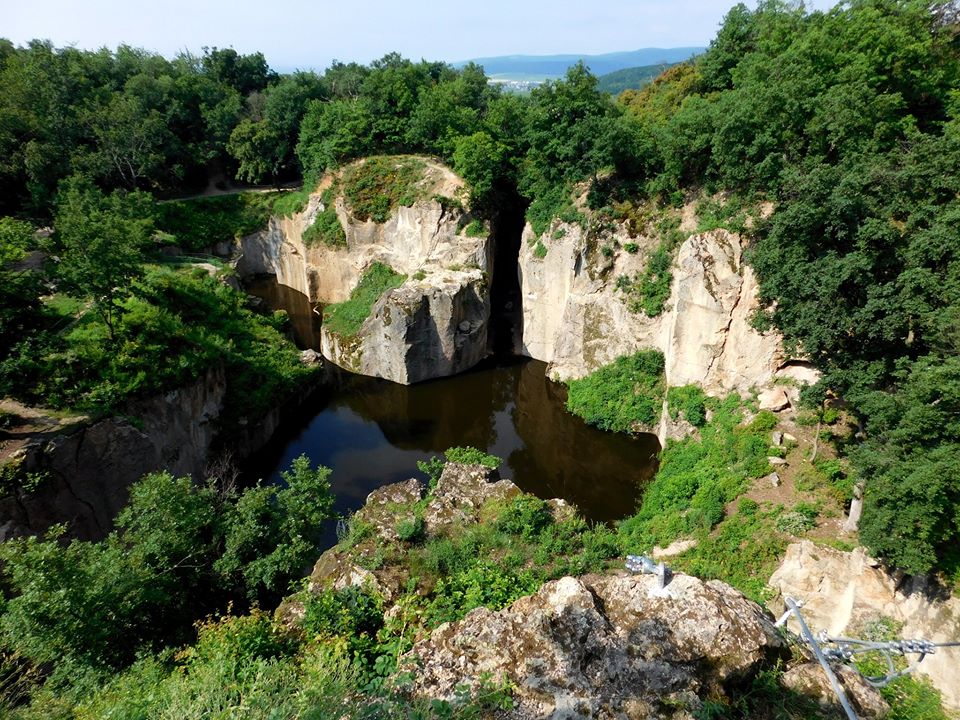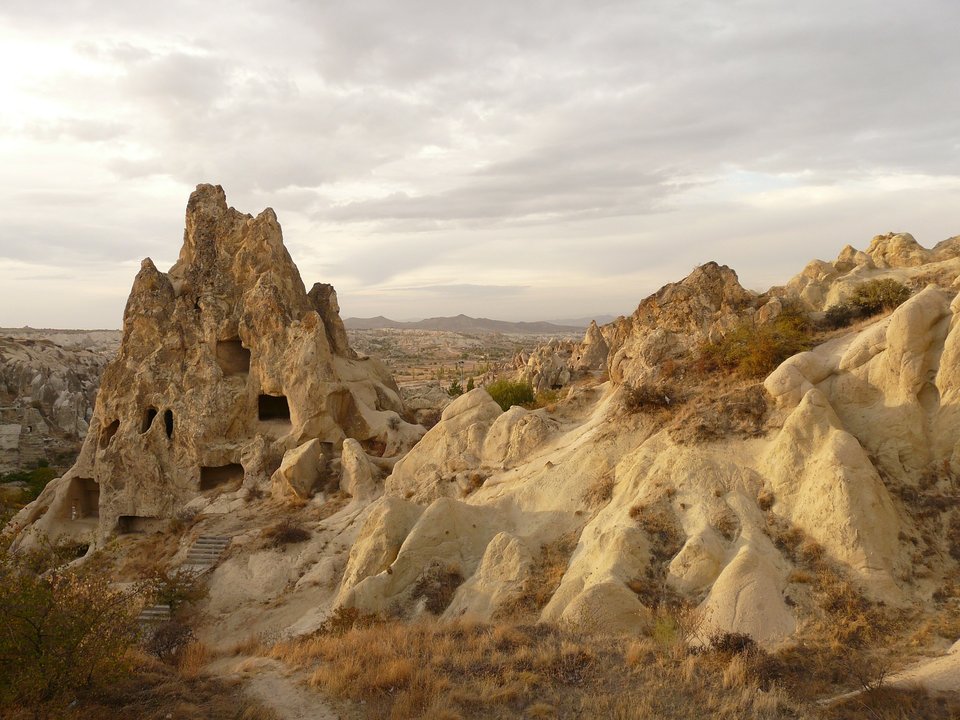Wonderful places in Hungary which you may not have known before – PHOTOS

Hungary is home to several natural attractions, beautiful landscapes, and breathtaking views. Even though the list is very long, in this article, we highlighted some of the most amazing natural treasures of the country. Take a virtual tour with us and discover 10 wonderful places in Hungary that you may not have known before. 😉
Salt Hills of Egerszalók

This unique and amazing natural wonder can be discovered in Egerszalók thanks to the source of calcium bicarbonate, lying in the shade of pine trees, that has created the spectacular salt hills over the last decades. Furthermore, the microclimate of the unique natural formation has a very special and beneficial effect.
The thermal water of Egerszalók is suitable for relieving joint, bone, and muscle pain, tendon diseases, spinal diseases, and problems with the nervous system.
There are only two places in the world where such natural wonders can be discovered: in Pamukkale (Turkey) and Yellowstone National Park (USA). At the entrance of the valley, there is a small, multi-pooled bath, the Nostalgia Bath, providing a pleasant and relaxing atmosphere for the visitors.
The geysers of Bükk

The crystal clear karst water rises to a height of 1.5-2 metres in the southern part of the Bükk National Park. The limestone cavity system of the plateau is filled with water during snowmelt or heavy rainfall, which is the reason for the emergence of the three springs where the crystal clear drinkable water bursts about two metres high, as if it were a fountain. According to top7hungary, visiting the natural wonder in the spring offers a more spectacular view.
Szalajka Valley

In the Bükk Mountains, you can discover one of the most beautiful high mountain valleys in the country. A must-see is the Open-Air Forestry Museum, which evokes the Szalajka Creek, the Rock Spring, the Veil Waterfall, and the industrial history of the countryside.
The Veil Waterfall is one of the most spectacular natural treasures in Hungary.
The limestone tuff deposited from the water of the streams from the karst springs has formed a step-like formation, thanks to which the clear water that flows through it in a veil offers a breathtaking view.
Ipolytarnóc fossils
Ipolytarnóc is a real ‘fossil paradise’, conserving the memory of a 20-million-year-old bygone world. The nature reserve is also called “The Ancient World’s Pompeii” due to its buried prehistoric treasures formed during the Miocene age volcanic eruption. Shark teeth lurking on the beach sandstone, petrified subtropical trees, footprints of exotic plants, and footprints of long-extinct ancient world monsters can be found along an unparalleled exciting geological study trail.

A special attraction of the trail is the largest known petrified giant pine tree in the world, along with the ancient pines lurking deep underground for millions of years.
Lavender field of Tihany

As Szeretlek Magyarország reports, the purple-clad landscape of Tihany is so fabulous that we feel like we are in a fairy tale. Lavender in Tihany has become a symbol of the whole peninsula. Furthermore, the essential oil content of the lavender harvested here is higher than that of the French, from which the first stems came.
The “Sea Eye” of Megyer Hill

The “Sea Eye” of Megyer Hill can be found near Sárospatak. The rock walls rise 70 metres above the surface of the water in some places. The landscape was shaped by human hands; a mine operated here from the 15th century, and later on, the mine yard was filled with rainwater.
The small Hungarian “Cappadocia”

Beehive stones are rock formations whose sides are decorated with carved niches. The cone-shaped rock formations can be found in the area of the Pilis and the Buda Hills while the majority of them can be found in the vicinity of Eger and Bükkalja. It is also called “The small Hungarian Cappadocia” due to the similar natural rarity of Cappadocia in Turkey, which is a World Heritage Site.
Tapolca Lake Cave

There is no other cave in Hungary that you can visit by boat. Paddling on the water, one could admire the passages formed by the hot water breaking through for 300 metres.
Rám Gorge

The gorge is of volcanic origin. Its depth sometimes exceeds 35 metres, but in some places, its width does not even reach 3 metres. The water in the rock ledge is constantly bubbling, swelling into a stream during snowmelt and heavy rains. In the gorge, between the narrow walls, a total of 112 metres of level difference must be overcome by hikers climbing upwards.
Therefore, Rám Gorge is considered to be one of the most difficult hiking trails in Hungary.
However, there are ladders and handrails to help hikers, ensuring their safety. As the valley narrows, the unique, water-washed rock walls and magnificent waterfalls of Rám Gorge unfold before us. Going upwards, you immediately get consumed by the unique atmosphere of the gorge valley.
Volcanic basalt land – Hegyestű

The unique volcanic butte “Hegyestű” can be found at the territory of Balaton Uplands National Park, famous for its unique geological formations. The solidified volcanic lava crater was split into polygonal vertical columns due to hypothermia.
Today, it is one of the most unique and breathtaking natural attractions in Europe.
Discover more natural wonders here:
- Get to know the Hungarian Jurrasic Park, the country’s outstanding natural location – PHOTOS
- The natural wonders of the Carpathian Basin
Featured image: www.facebook.com/MegyerHegyiTengerszem


I am sorry to say I only made it to two of these. Miss out on the rest maybe another trip in future
Risa Floyd {2009-2018}